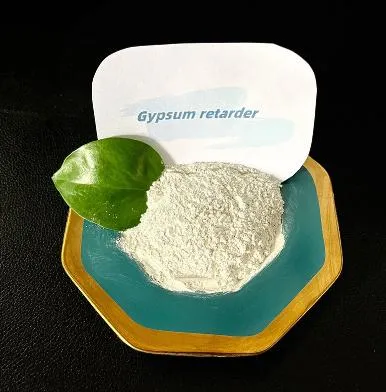
-

Add: HeBei ShengShi HongBang Cellulose Technology CO.,LTD.
-

Email
13180486930@163.com -

CONTACT US
+86 13180486930

polypropylene fiber
កុម្ភៈ . 12, 2025 11:16
Back to list
polypropylene fiber
Polypropylene staple fiber has emerged as a transformative material for the construction industry, offering a blend of durability, cost-efficiency, and versatility unimaginable with traditional materials. As a synthetic polymer, polypropylene ranks high for its resilience and adaptability, particularly in the realm of construction applications where these qualities translate into superior performance.
Polypropylene's sustainability profile is an attractive consideration for environmentally conscious builders and developers. This synthetic fiber is not only recyclable but also efficiently produced with minimal resource waste, aligning with green building initiatives. The construction industry increasingly values materials that contribute to reduced carbon footprints, and polypropylene staple fiber fits perfectly into this eco-friendly narrative. Renowned construction engineers advocate for the use of polypropylene staple fibers in prefabricated building components. These pre-engineered elements benefit from the material's reinforcing properties, ensuring that the precast systems deliver consistent quality and performance. The repeatable success of these systems further elevates the industry's confidence in polypropylene as a reliable component for modern construction solutions. Safety standards and regulations increasingly recognize the benefits offered by polypropylene staple fiber. Certification from leading construction safety bodies underscores its effectiveness in reinforcing composite materials without compromising structural performance. This authoritative validation reinforces the credibility of polypropylene fibers, supporting their adoption in diverse and innovative architectural designs. In conclusion, the expanded utilization of polypropylene staple fiber in construction is not merely a trend but a strategic move towards more efficient, sustainable, and resilient building practices. As professional engineers and architects continue to explore and document the myriad applications of this versatile material, its role in shaping the future of construction becomes increasingly undeniable. The operational efficiencies, life-cycle benefits, and environmental advantages position polypropylene staple fiber as an instrumental component in the world's evolving architecture landscape.


Polypropylene's sustainability profile is an attractive consideration for environmentally conscious builders and developers. This synthetic fiber is not only recyclable but also efficiently produced with minimal resource waste, aligning with green building initiatives. The construction industry increasingly values materials that contribute to reduced carbon footprints, and polypropylene staple fiber fits perfectly into this eco-friendly narrative. Renowned construction engineers advocate for the use of polypropylene staple fibers in prefabricated building components. These pre-engineered elements benefit from the material's reinforcing properties, ensuring that the precast systems deliver consistent quality and performance. The repeatable success of these systems further elevates the industry's confidence in polypropylene as a reliable component for modern construction solutions. Safety standards and regulations increasingly recognize the benefits offered by polypropylene staple fiber. Certification from leading construction safety bodies underscores its effectiveness in reinforcing composite materials without compromising structural performance. This authoritative validation reinforces the credibility of polypropylene fibers, supporting their adoption in diverse and innovative architectural designs. In conclusion, the expanded utilization of polypropylene staple fiber in construction is not merely a trend but a strategic move towards more efficient, sustainable, and resilient building practices. As professional engineers and architects continue to explore and document the myriad applications of this versatile material, its role in shaping the future of construction becomes increasingly undeniable. The operational efficiencies, life-cycle benefits, and environmental advantages position polypropylene staple fiber as an instrumental component in the world's evolving architecture landscape.
Prev:
Next:
Latest News
-
Ethyl Cellulose Powder as a Pharmaceutical BinderNewsJul.10,2025
-
Blending Fibre Natural and Synthetic for PerformanceNewsJul.10,2025
-
Starch Ether For Construction: The Advanced Mortar Additive RevolutionNewsJul.10,2025
-
MHEC Cellulose in Cement-Based Renders and PlastersNewsJul.10,2025
-
Micronized Rubber Powder Dispersion TechniquesNewsJul.10,2025
-
Impact of Cream of Tartar Plaster Retarder on Final StrengthNewsJul.10,2025
-
Rubber Powder Durability in ConstructionNewsJun.26,2025











